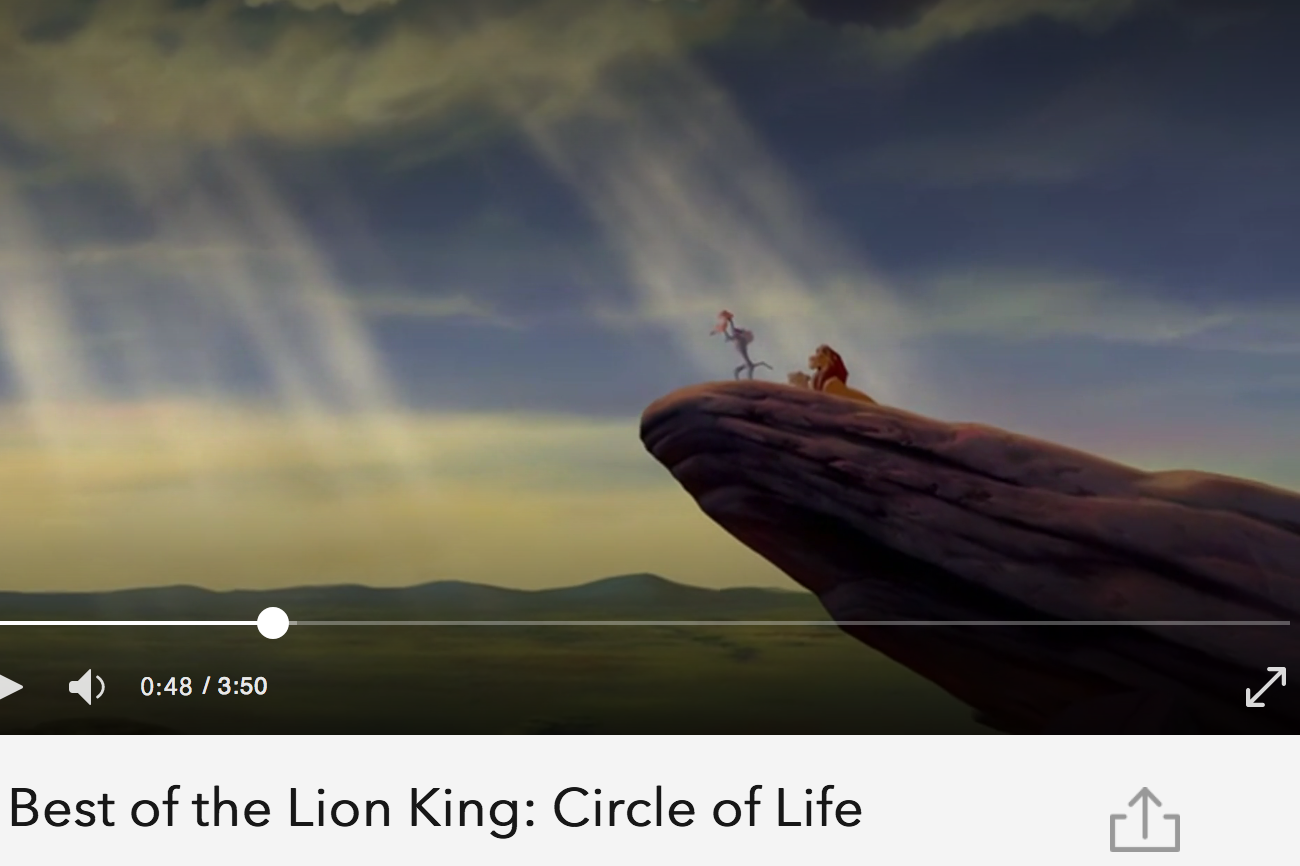Moses on the mountain — a Story Safari
The sermon at church yesterday was part Art History, part theology, and part—although the rector didn’t realize this—part Story Safari™.
What’s a Story Safari™? I haven’t written about them recently, so let’s recap. It’s the name I’ve given to analogies and metaphors found in the wild. Sometimes we hunt them down, sometimes they just wander into church while we’re listening to the sermon. But always these metaphors or stories help elucidate a larger point.
After the Old Testament lesson about Moses on the mountaintop surveying the Promised Land, the Rev. Dr. Judith Davis pointed out a reproduction of a painting that she’d pinned to a wall: Frederic Edwin Church’s Moses Viewing the Promised Land.
Does it remind you of anything?

By Frederic Edwin Church – Art Renewal, Public Domain
A murmur went through the choir the moment we saw the photograph. Because of course, Church’s painting is the direct antecedent of…
An artist might call the Church painting a “reference”—and it is. But it’s more than just a similar arrangement of rocks and figures. It’s a visual analogy. (Click on the Lion King photo, by the way, if you’d like to see the whole video.)
How is this a Story Safari™?
Maybe you’ve never seen the Church painting before. Or maybe you saw it once, flipping through your Art History book, and it’s been lodged somewhere in the furthest recesses of your brain. When you see The Lion King, the connection might not register consciously. But it’s there.
So practically the moment that scene from the movie hits your retina, you’ve already “read” it. Add some words and you’ve got yourself a Story Safari™. This is how I might do it:
Simba the lion cub is a younger, furrier version of Moses. Like Moses, he will lead his people—er, lions. And, if I remember the plot correctly, an assortment of other animals too.
I witnessed a surprising Lion King moment at both Chicago Cubs and Cincinnati Reds games this summer. As “The Circle of Life” played on the speakers, the cameras swept the stands. One after another, parents stood up and hoisted their infants aloft, just like in the picture.
Are they saying, “Behold my child, who will rule all of the land between the foul lines”? Or “Behold my child, a baseball fan”? That may be in the backs of some people’s minds, but I think it’s just about the 15 seconds of fame on the Diamondvision scoreboard.
And that might launch us into a discussion of the kinds of things people will do to get attention.
The power of visual analogies
Visual analogies work fast. That’s one of the reasons one picture is worth 1,000 words. And they can trigger our emotions. But they’re also complex, and complexity makes them memorable. I’m not likely to forget the tiny baseball fans, legs and arms waving, as their fathers held them as high as possible. The Cubs and the Reds now have some real estate in my brain. (Probably other teams do this too, but the feature hasn’t made it to New York yet.)
Using visuals can be tricky. I’m not a big fan of slides accompanying a speech—I’d rather have the audience focus on my speaker. But if a visual analogy can help move your story along or make it memorable in a way that words cannot, then go for it.
